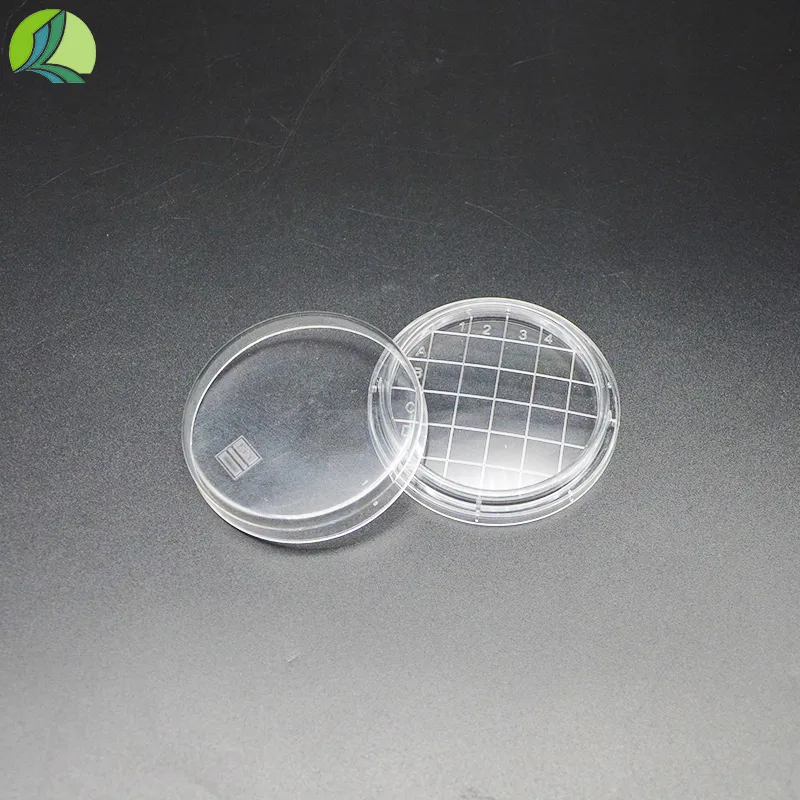Optimal Dimensions for Small Petri Dishes in Laboratory Use
The Importance of Petri Dish Size in Microbiology
In the world of microbiology, petri dishes play a crucial role in experimentation and observation. These shallow, flat dishes come in various sizes, and the choice of size can significantly impact the outcomes of experiments. This article explores the significance of petri dish size, focusing on the small petri dish sizes commonly used in microbiological studies.
Small petri dishes, typically ranging from 35mm to 60mm in diameter, are often favored in laboratory settings for several reasons. One primary advantage of using smaller dishes is the reduction of the amount of culture media required. This not only conserves resources but also allows researchers to conduct experiments on a smaller scale, making it feasible to use valuable or scarce materials.
The Importance of Petri Dish Size in Microbiology
Moreover, small petri dishes facilitate the handling and management of multiple samples. Researchers can easily fit several small dishes in incubators or on work surfaces, allowing for higher throughput in experimental design. This capability is especially advantageous in studies that require comparative analysis of various conditions, such as testing multiple antibiotic treatments or examining the effects of different growth media on bacterial strains.
small petri dish size

In environmental microbiology, the use of small petri dishes allows for the study of microbial communities in confined environments. For instance, researchers can place small dishes within different soil types or aquatic environments to observe how microbial populations respond to various conditions. This approach lends itself well to controlled experimentation and can lead to findings that are more applicable to real-world scenarios.
However, it is essential to consider the limitations of small petri dishes. The confined space can restrict the growth of larger or more aggressive microbial species, potentially skewing results. Additionally, the limited surface area may not be suitable for certain assays that require a more extensive growth environment for accurate data collection. Therefore, researchers must carefully choose the appropriate dish size based on the specific requirements of their study.
Another aspect of small petri dish usage involves the importance of sterile techniques. Given the compact nature of these dishes, contamination risk can be heightened if proper sterile procedures are not followed. Researchers must remain vigilant in their handling and preparation to ensure that results are valid and representative of the intended experiments.
In conclusion, small petri dishes are indispensable tools in microbiological research, offering unique advantages while also presenting certain challenges. Their size allows for resource conservation, efficient sample management, and the opportunity to observe microbial behavior under controlled conditions. However, researchers must be aware of the limitations and ensure proper techniques to obtain reliable results. As scientific exploration continues, the careful selection and use of petri dish sizes will remain an essential consideration in the quest to understand the microscopic world.
-
Aesthetic Makeup Spray Bottles | Fine Mist Empty RefillableNewsAug.19,2025
-
White Plastic Veterinary Vaccine Vials | Lab Liquid BottlesNewsAug.18,2025
-
Plastic Medicine Liquid Bottle: Secure Flip Top Drug VialsNewsAug.17,2025
-
Durable 250ml Blue Plastic Vaccine Vial for Lab & Vet UseNewsAug.16,2025
-
Sterile Virus Sample Tubes: Secure & Reliable Specimen CollectionNewsAug.15,2025
-
White 250ml Plastic Vaccine Vial for Lab & Vet MedicineNewsAug.14,2025
























